Search
Search Results
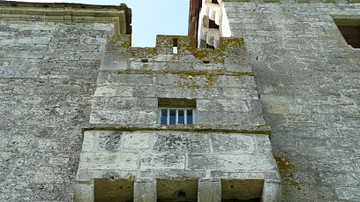
Article
Toilets in a Medieval Castle
The medieval toilet or latrine, then called a privy or garderobe, was a primitive affair, but in a castle, one might find a little more comfort and certainly a great deal more design effort than had been invested elsewhere. Practicality...
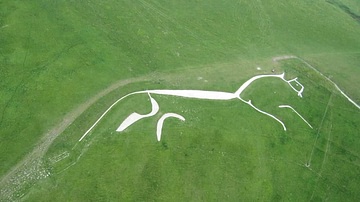
Article
The White Horse of Uffington
The cutting of huge figures or geoglyphs into the turf of English hillsides has been going on for more than 3000 years. There are 56 hill figures scattered around England, with the vast majority on the chalk downlands of the southern part...
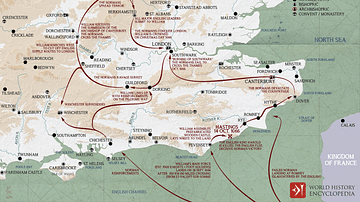
Image
William the Conqueror's March on London 1066
A map illustrating the campaign of William the Conqueror (Duke of Normandy) in Britain aiming to capture London and secure control of the Kingdom of England (which, Willaim claimed, had been promised to him by Edward the Confessor, the childless...
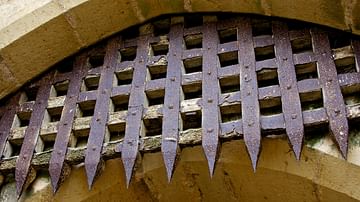
Image
Portcullis, Bodiam Castle
The wood and iron portcullis of Bodiam Castle, East Sussex, England. 14th century CE.
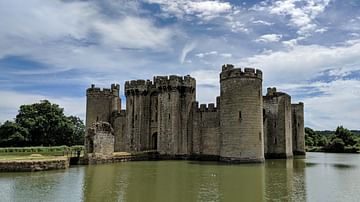
Image
Bodiam Castle
Bodiam Castle in East Sussex, England was built in 1385 by Sir Edward Dallingridge. It was constructed not only for military reasons (threat of French invasion and risk of peasant rebellion) but also as a comfortable home with over 33 fireplaces...

Image
Barbican, Lewes Castle
The Barbican of Lewes Castle, East Sussex, England, c. 1330 CE.
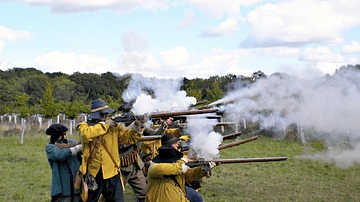
Image
Musketeer Volley Fire
English Civil War (1642-51) re-enactors demonstrating musket volley fire. The Sealed Knot re-enactment group, Fernhurst Furnace, West Sussex, England.
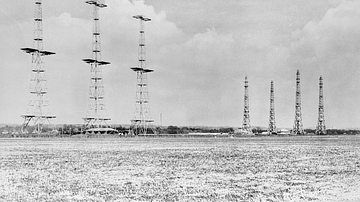
Image
Chain Home Radar Towers
A number of Chain Home radar towers, used by Britain to detect enemy movements during the Second World War (1939-45), particularly as part of the Dowding System during the Battle of Britain of 1940. These towers were at Poling in Sussex...
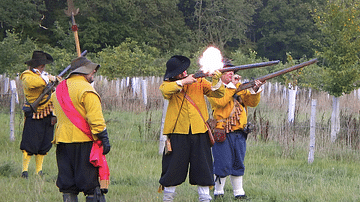
Image
Matchlock Musketeers
Two members of the Sealed Knot demonstrate matchlock firing as used by musketeers, for example, during the English Civil War (1642-51). The priming charge has fired but not yet the main charge. At Fernhurst Furnace, West Sussex, England.

Definition
Aethelwulf of Wessex
Aethelwulf (r. 839-858 CE) was King of Wessex, a region in modern-day Britain, son and successor to Egbert of Wessex (r. 802-839 CE) who had unified and expanded his kingdom with Aethelwulf's assistance. Aethelwulf fought at the Battle of...